What is the greatest challenge for the chemical and petrochemical industries?
Ask any operator – whether they work in a chemical park or an individual site – and they will tell you it is protecting the people who work in their facilities, and also those who live beyond the fence-line.
But how can safety be achieved in multi-compound environments, where HSSE teams have to solve highly complex emission detection conundrums?
It requires vastly talented, experienced and knowledgeable professionals, who understand the nuanced and unique hurdles that must be negotiated to protect the many thousands of people who work on petrochemical sites and the millions more who live close by.
By Peter Maas, CEO, Grandperspective GmbH
Take Peter Schmitz , for example. Mr Schmitz (right) is the HSEQ Manager for Fibrant B.V., a leading chemicals producer situated in the Chemelot Industrial Park. Chemelot (below), one of the largest chemical park in Europe, is an 800-hectare site located in the Netherlands, and is home to more than 8,000 people who work in 60 plants and 200 companies.
Having worked in the chemical industry for over three decades, and having published a landmark thesis while studying at the highly prestigious Delft University of Technology, Schmitz, is an expert in risk mitigation and barrier monitoring. At Fibrant, the largest Caprolactam and Ammonium Sulphate producer in the world, he has combined decades of real-world world experience with the ideas explored in his doctorate, to create a world-class HSE model for preventing major accidents.
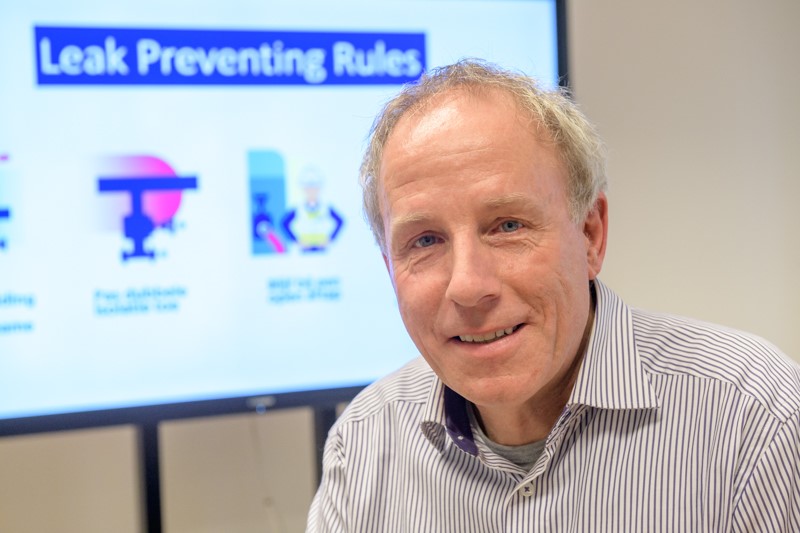
For Schmitz, world-class process safety management is about knowing the risks, managing them and controlling them. To do that, means managing both the bigger picture and individual hazards. It is only when you understand the overall perspective that you can begin to develop a strategy as to how risks are managed.
As part of that plan, Schmitz, who was working for a neighbouring chemical company, OCI NV, approached Grandperspective, along with AnQore B.V. They expressed an interest in trialling our ground-based remote sensing system. In case you’re unfamiliar with it, our scanfeld® sensor units, use hyperspectral imaging based on Fourier-Transform infrared (FTIR) remote sensing technology. Unlike legacy sensor technologies, they can continuously identify and visualise 400 different gases at detection rates of 0.05 kg/hr or less – across a radius of one square kilometre. In a nutshell, this means that large chemical sites can cover vast areas using only a handful of sensors.
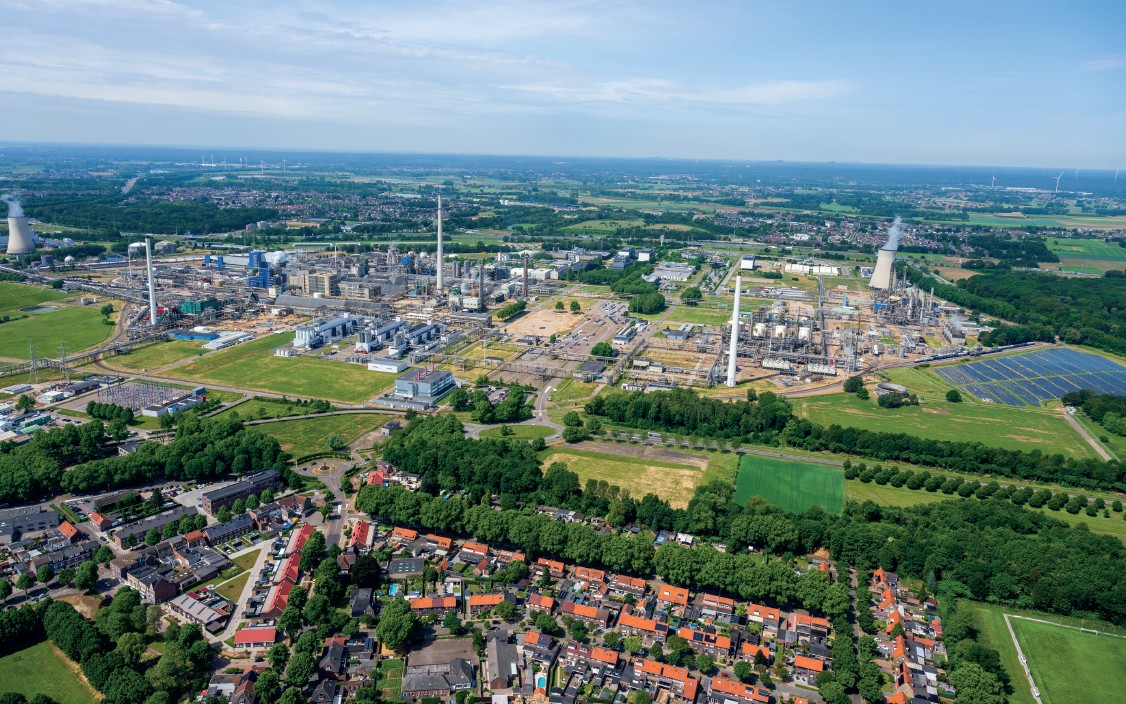
That was five years ago, but fast forward to the current day and six sensors now provide multi-compound coverage to the entire northern section of the Chemelot Industrial Park, an area spanning 1.6 square kilometres.
Process safety
But I don’t want to focus on the merits of our technology as such. Instead, I want to use this feature to highlight how safety experts like Peter Schmitz are using ground-based remote sensing technology to strengthen barrier frameworks, develop highly effective risk mitigation strategies, and in multi-gas environments, collaborate and share safety learnings.
For Peter, ground based remote systems have enabled him and his team to develop risk mitigation frameworks, which no longer rely exclusively on safety by design, or on understanding the risk as an incident unfolds. Instead, by enabling safety teams to create a set of real-time barriers, the scanfeld® advanced monitoring system (below) has allowed them to operate between these two extremes and develop risk mitigation strategies that create a robust set of barriers from the point of incident to the point of escalation. This, they believe, is a proven way to stop minor incidents from escalating in multi-compound environments.
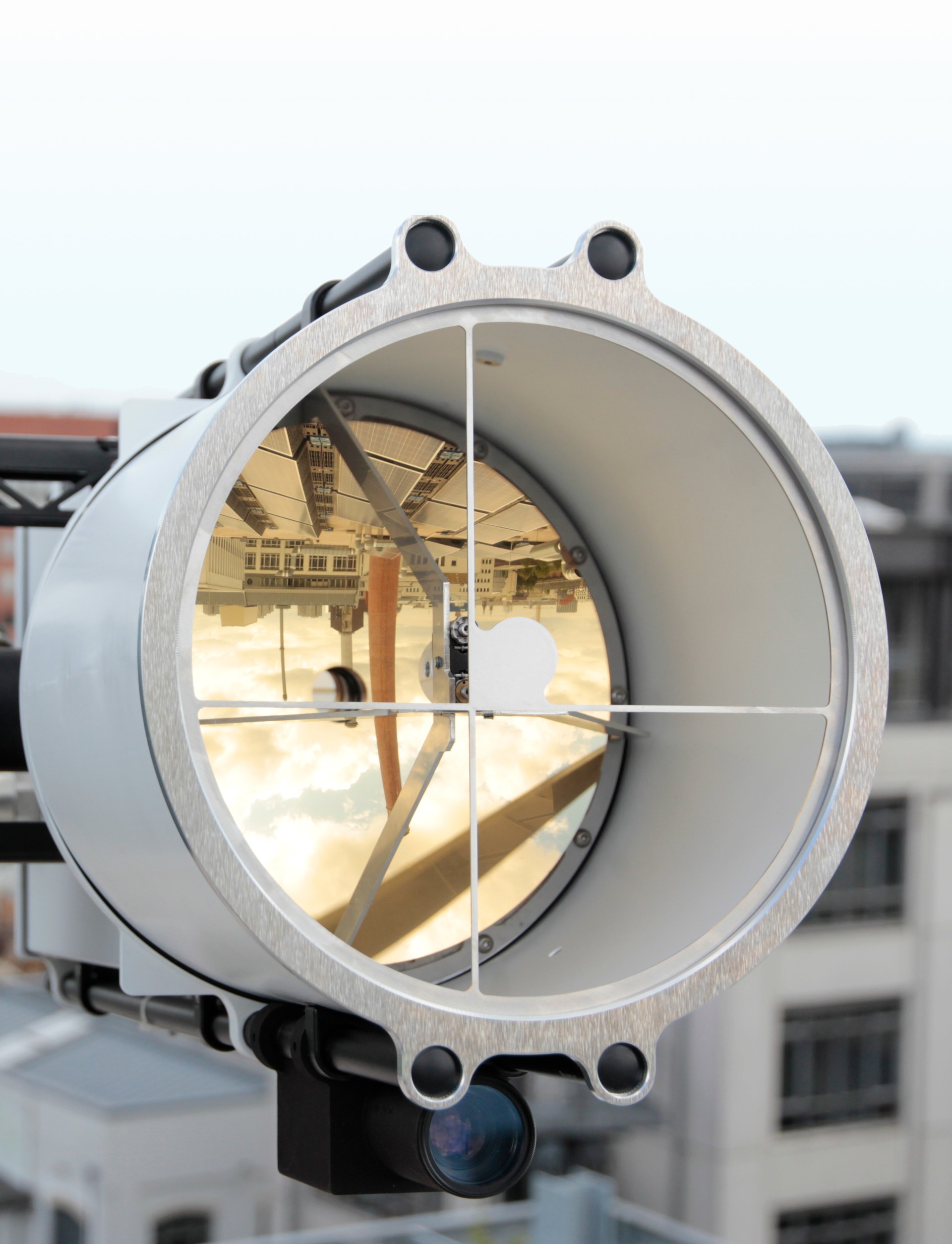
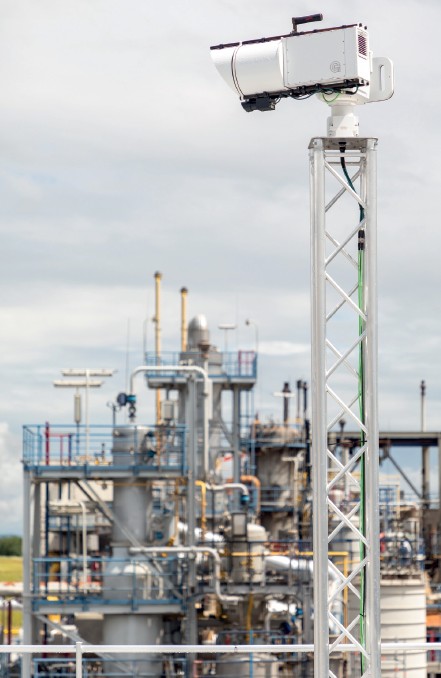
Recognising ground-based remote sensing technology as an integral part of the process safety culture has enabled Fibrant to pinpoint the exact location of even small-scale leaks. This has made it possible for safety teams to issue targeted warnings by creating a real-world picture of who is, and who is not at risk. As Peter explains, process safety teams are now able to better coordinate their evacuation mitigation measures, ensuring rapid and precise responses.
But how has ground-based remote sensing technology enabled this breakthrough? Put simply, its greatest strength is that it asks: “What is there?”, rather than just “Are chemicals X and chemicals Y present? This fundamental shift matters because legacy sensor systems rely on predefined detection targets. They help safety professionals answer the question, ‘Have I correctly predicted what will be there and how it will be detected?’ But that is the wrong question to ask. Indeed, this one-dimensional approach, which is adopted by legacy sensor systems, doesn’t stand up to scrutiny in multi-compound environments, where there could be hundreds of compounds circulating. In this multi-risk landscape, safety teams need visibility beyond pre-selected substances – they need a complete picture of all emissions in real time.
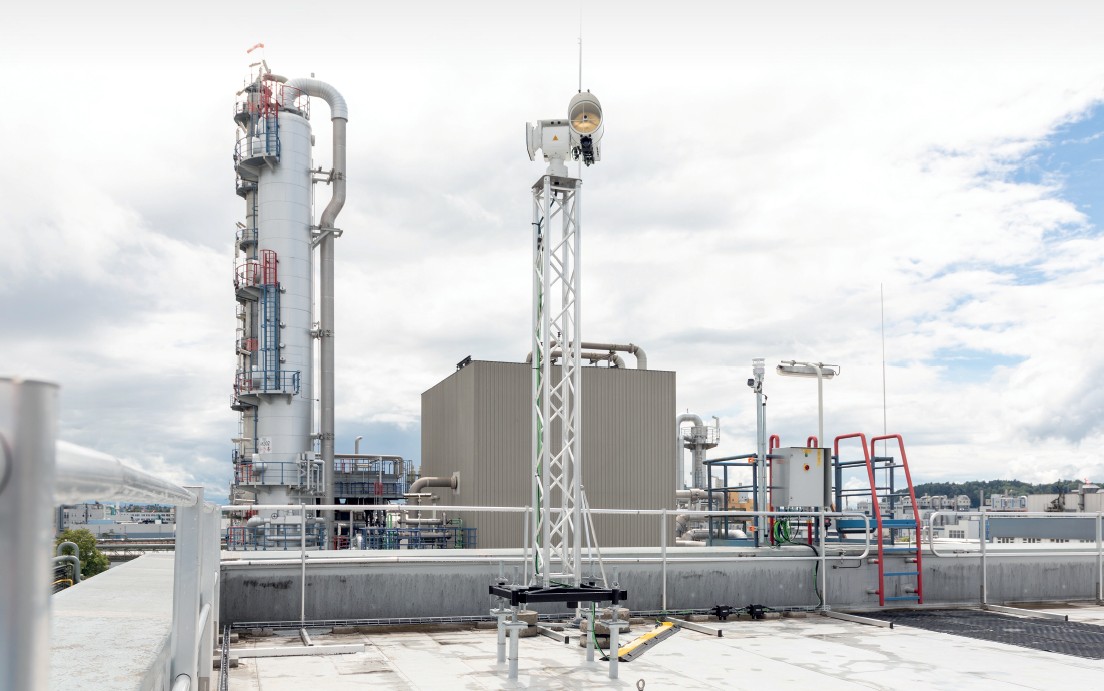
Legacy sensors lack the sensitivity needed for multi-complex environments
Secondly, in multi-chemical environments, legacy sensor systems, such as fixed-point sensors and hand-scanners, lack the low detection limits to identify and image potentially harmful compound leaks. That is because most legacy systems work on the premise that there is a leak of something, but often lack the specificity to differentiate between a harmful compound and a harmless leak or water vapour and steam. While legacy sensors will be able to identify a large leak of high pressure carbon dioxide, what if there is also a tiny escape of benzene or ethylene emanating from the same area? Fixed-point sensors may not be able to detect the small-scale but highly dangerous compound leak. In contrast, ground based remote sensing technology not only detects and visualises such compound leaks instantly, but provides the control room with actionable alerting, including the size, the length, the width and breadth of the cloud and which direction it is heading.

Grandperspective’s mapping technology is particularly effective in providing safety teams with highly intuitive imagery – even if the chemical cloud would be invisible to the human eye. The real-time location of a leak can be plotted on a map or onto a satellite image of a plant. If there is an incident, real-time mapping would allow a safety team to not only precisely determine where the cloud is situated, but where it is travelling. This makes it easier to contain the situation, determine which areas to cordon off, identify where workers need to take shelter, and assess when de-escalation is possible once the event has cleared.
Indeed, in multi-chemical settings such as Chemelot, where our clients often are monitoring many different compounds in their facilities, they tell us that the ability to continuously and autonomously scan them in real-time is a game-changer.
This is because it allows them to detect a leak not only where they would expect the leak to see it, but also where they wouldn’t.
Point sensors often can’t identify the unexpected
Why? Well let’s explore the alternative. Point sensors in a multi-compound environment can never truly provide full coverage. That’s because point sensors provide a reading for one or a few compounds at best. This means if a facility produces multiple compounds, it will need to massively increase the number of sensors. Plant managers recognise that this simply isn’t possible due to the spiralling costs and so they reluctantly accept that they cannot provide complete monitoring coverage. Therefore, often a multi-compound facility will deploy a state-of-the-art-fixed compound sensor. But even if it can achieve low-detection limits, it is still a fixed-point sensor, and therefore is only effective at detecting small-scale leaks in the area of the plant that it is deployed. But what if a leak unexpectedly appears in another part of the facility, which is not manned by a similar sensor? This creates a dangerous blind spot, and it is this lack of visibility which may lead to an incident.

So the ability to know ‘what is out there?’ is as powerful as it is compelling, particularly for multi-compound chemical parks, which do not share the same collaborative process safety vision as the one deeply embedded at Chemelot. Facilities that do not share process safety sensor technologies, may be able to detect a dozen or more chemicals with their own sensors. But what happens when a compound cloud, which is beyond the range and scope of their sensors, is blown in from another facility? Are they going to buy another expensive sensor to detect a chemical that they do not produce? Perhaps, or maybe they will charge the chemical producer where the leak originated from? But what if it refuses to pay? This is a real-world problem that many of our customers in geographies outside of Europe have faced and remote sensing technology provides them with the real-time visibility they often lack.
Data-driven continuous monitoring
But let’s now focus on the wider benefits of greatly enhanced visibility and how it can transform process safety and risk management programmes. I have already demonstrated the importance of sensor technology that offers multi-compound, wide-site coverage at low detection limits. But for HSEQ Managers like Peter Schmitz, and his team of highly skilled professionals he manages, it is only one piece of the puzzle. Talk to them and they’ll tell you that world-class HSE programmes are premised on not what just is happening in the present, but what also might happen in the future and the advance preparations that must be made to mitigate it. The only way you can achieve a full and comprehensive process safety picture is through data-centric continuous monitoring.
What do I mean by this? Well, let’s first look at an average chemical or petrochemical plant. Having worked in the sector over twenty years, I have visited many facilities. Most plants still use legacy sensor systems which coupled with quarterly inspections, do not provide blanket coverage.
Process safety teams at Fibrant, and the other five chemical companies covered by Grandperspective at Chemelot, use six sensors, each of which collects one million spectra a day. This means that every year Chemelot receives close to 33 terabytes (TB) of data, which is 33, 000, 000, 000, 000 bytes. To put that number in perspective, that is the equivalent of 33 million high resolution images, over two and half years of video, 11 million songs, or 12 million ebooks.
Each spectrum has hundreds of usable data points. In addition, the sensors provide video images, precise azimuth and elevation angles, humidity, temperature and wind information.

When this rich dataset is entered into generative AI models, it can provide a total emission picture, which can improve safety guidelines and processes. This is because it enables process safety teams to carry out data-driven post-event analysis, which is largely unprecedented due to the vast majority of plants choosing to keep conventional monitoring in place.
In doing so, they can’t revisit the events that led to an incident and cannot therefore learn what caused it. But facilities with real-time monitoring capability, can gauge what happened, when, where and how. They can then communicate that feedback to frontline engineering staff, and feed any learnings back into their processes, which generates continuous improvement. But, most importantly, the data derived from real-time monitoring allows process safety teams to identify potential emission patterns, which may not be evident using sensor technology and periodic manual LDAR campaigns. That’s because these campaigns, even if they are partly data-centric, won’t provide a full picture that clearly tracks emissions against the set safety thresholds.
Why the digital twin can flourish with data-driven continuous monitoring
In the future, some process safety teams will use AI-built data models to create sophisticated digital shadows or digitals twins. By feeding the Digital Shadow with continuous emission data, safety teams will be able to gain a much clearer understanding of the emission landscape as the digital shadow becomes a 3D virtual representation of the plant. This will allow them to carry out much more detailed monitoring, predictive analysis and decision-making.
How would a digital twin add value? Imagine that a ground-based remote sensing system detects a small-scale leak at a pump sealing. The true power of a digital twin is that it gives engineers the ability to feed hundreds of terabytes of data into the system to simulate the future health of the surrounding pipe network. The simulation could predict further vulnerabilities, allowing the team to proactively replace weak sections of pipework before they lead to more serious failures.
Indeed, this combination of remote sensing and digital twin technology will re-define predictive maintenance, enable data-driven decision-making that reduces downtime, enhance safety, and improve long-term asset integrity.
While it may take some time for the industry to inculcate cutting edge technology like digital twins into their process safety programmes, they, along with state-of-the-art continuous monitoring remote sensing technology, shows what can be achieved when pioneering HSEQ teams think out of the box.
I believe advanced monitoring is the direction of travel that the industry is moving in – particularly in multi-compound environments. It will not only enrich their HSE and risk management processes, but, if used correctly, will greatly enhance safety both behind and beyond the fence line. At Grandperspective, we are incredibly proud to play a role in helping chemical and petrochemical plants formulate and deliver even more robust and effective safety cultures.



